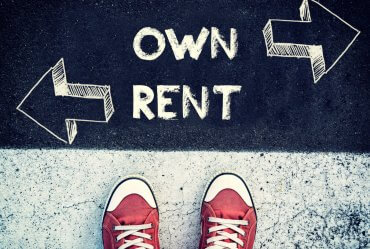
There are nearly 30 million uninsured drivers in America right now, despite the fact that car insurance is not an optional expense for almost every driver in America. Every state requires it, and in most cases, affordable auto insurance isn’t too hard to find, but according to estimates provided by the Insurance Research Council, uninsured drivers cost drivers $2.6 billion in insurance claims, and unfortunately, not all those hit by uninsured drivers are covered for their losses.
Many states are attempting to fight back against uninsured drivers by implementing auto insurance verification programs to try to lower insurance costs while increasing public safety and further encouraging people to seek cheap car insurance quotes. While many states believe that these will be helpful policies, critics worry that they may cause more trouble than they’re worth.
There are a handful of methods used to verify auto insurance, but two of the more common methods involve requiring auto insurance companies to report inactive, lapsed, or cancelled accounts and requiring drivers to present their insurance information if pulled over by a police officer. These two measures are implemented in every state, but approximately 12 states have taken verification a step further, consolidating insurance information and vehicle registry data for quicker reference and verification.
Texas is one such state, creating the car insurance verification database TexasSure. Jerry Hagins, an insurance officer working with the Texas Department of Insurance, has this to say about the TexasSure system, “The TexasSure database merges insurance policy data with auto registration data for all of the cars in Texas. It shows whether any given vehicle has a valid insurance policy. It’s available to our law enforcement and our county tax assessor offices, anywhere you would register a vehicle. It’s updated on a weekly basis.”
Even if uninsured drivers manage to avoid government officials for an extended period of time, you’ll still be hearing from TexasSure. If the system finds a vehicle that hasn’t been paired with an insurance policy, the owner will receive a letter from the system, asking them to verify their insurance policy with TexasSure. “We mail letters out as a way to improve the quality of our database,” Hagins said. “I think we send out 25,000 notices every week.”
Have these programs proven effective so far? According to Hagins’ own data, TexasSure has. “The rate was 24.28% when we first started measuring, and 14.04% in June 2014,” he said. “It hasn’t been a steady decline at every measuring point, but over six years we have seen a 10% reduction.”
TexasSure has been accepted by both government officials and the media, but Ohio’s mail-based verification system has been the subject of some debate. The requirements imposed by Ohio’s less-streamlined system may be a roadblock to insured drivers who work out-of-state. In response to this, proposal HB71 has been brought to attention, which will replace Ohio’s current random mailing system with a system similar to TexasSure.
How do you feel about this consolidation of information? How would you catch uninsured drivers? Share your ideas with us in the comments section below!



